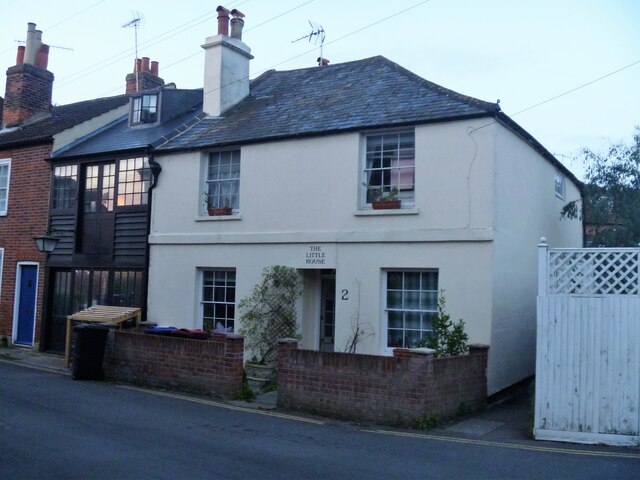Canterbury houses [160]
Introduction
The photograph on this page of Canterbury houses [160] by Michael Dibb as part of the Geograph project.
The Geograph project started in 2005 with the aim of publishing, organising and preserving representative images for every square kilometre of Great Britain, Ireland and the Isle of Man.
There are currently over 7.5m images from over 14,400 individuals and you can help contribute to the project by visiting https://www.geograph.org.uk

Image: © Michael Dibb Taken: 13 Sep 2021
The Little House, number 2 Duck Lane, seen here on the right, was built in the early 19th century. Constructed of stuccoed brick under a slate roof. Listed, grade II, with details at: https://historicengland.org.uk/listing/the-list/list-entry/1085055 Number 2A Duck lane, seen here on the left, was originally an early 19th century industrial building, now converted into a residence. Weatherboarded under a slate roof. Listed, grade II, with details at: https://historicengland.org.uk/listing/the-list/list-entry/1085056 Canterbury is a small historic city on the River Stour in Kent, some 54 miles southeast of London. Occupied since prehistoric times, it became an important Roman city. In 672, the see of Canterbury gained authority over the entire English Church. After the murder of Archbishop Thomas Becket at the cathedral in 1170, pilgrims from all parts of Christendom came to visit his shrine until the Dissolution. Today, Canterbury is a popular tourist destination and one of the most-visited cities in the United Kingdom. The city has a substantial student population, with four university campuses.

